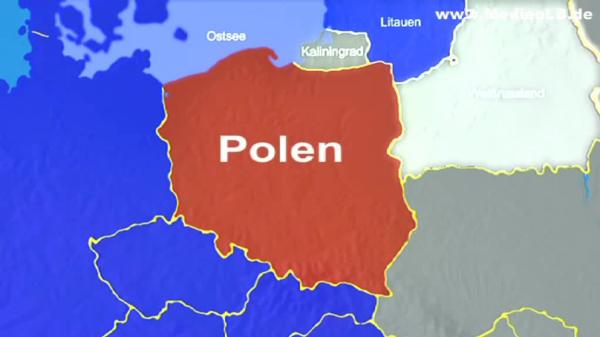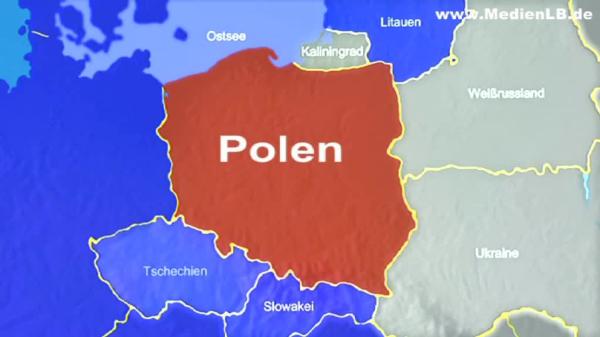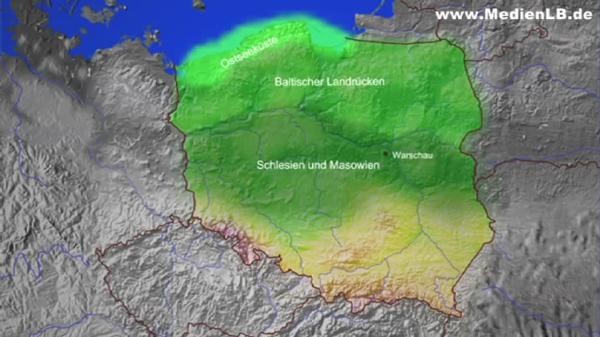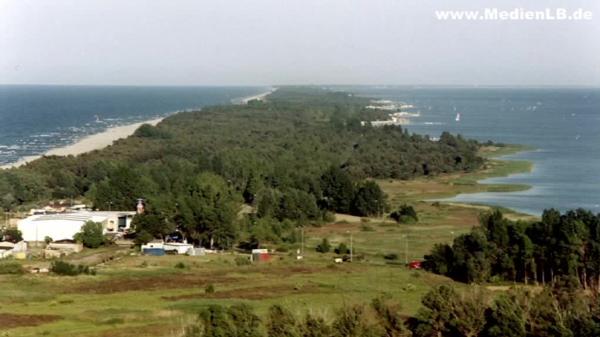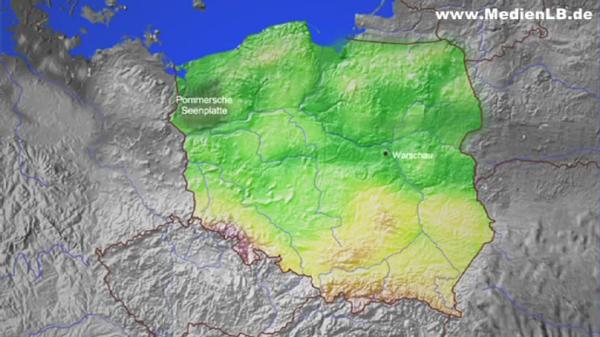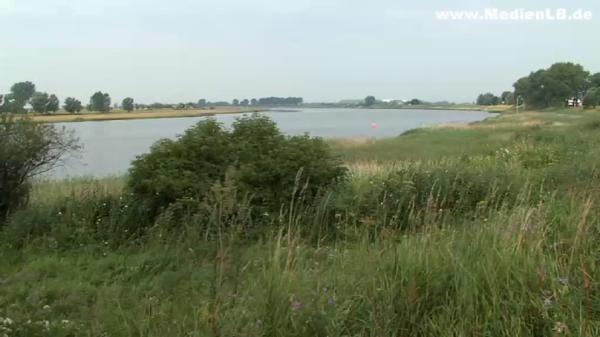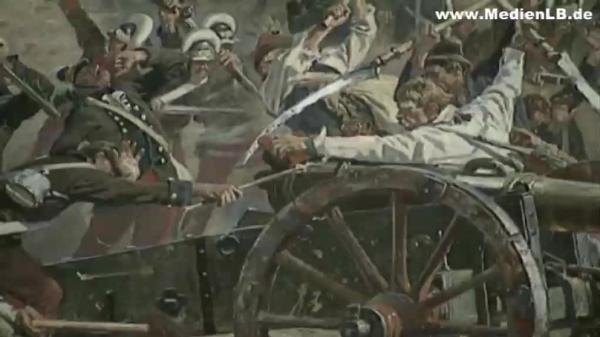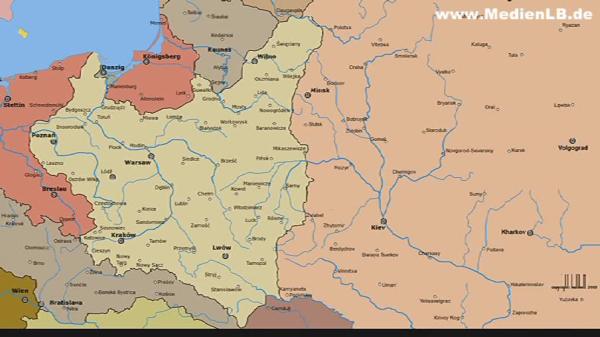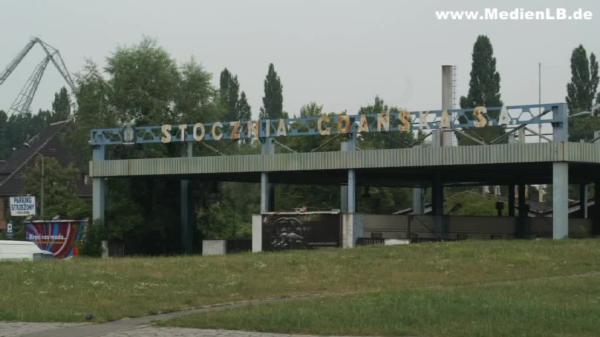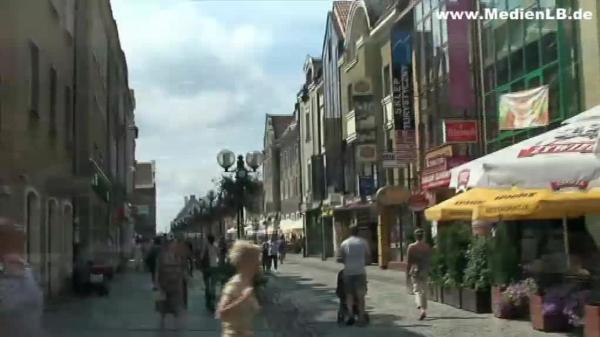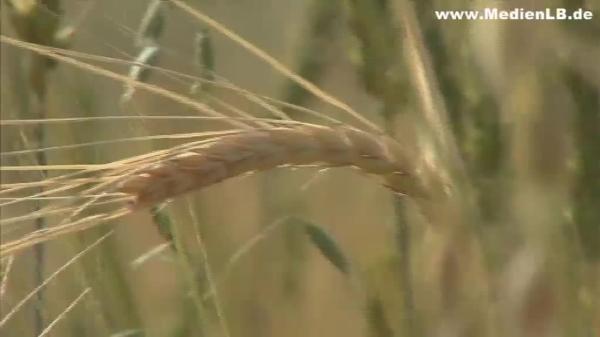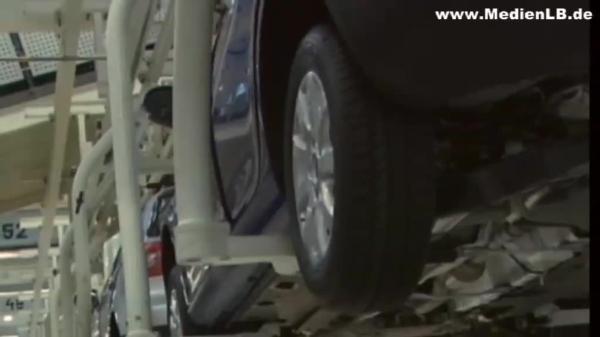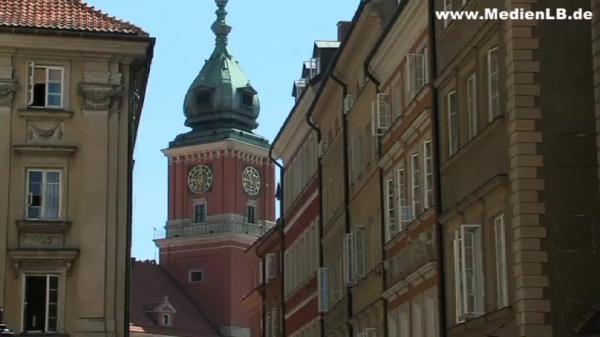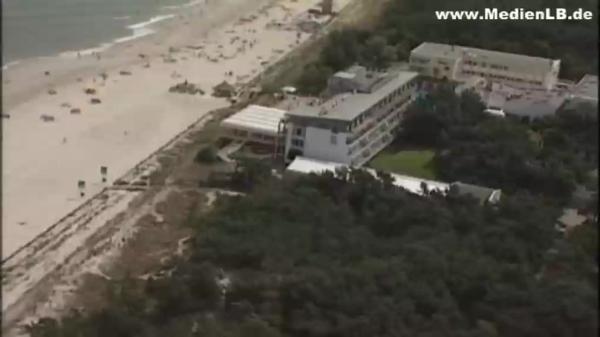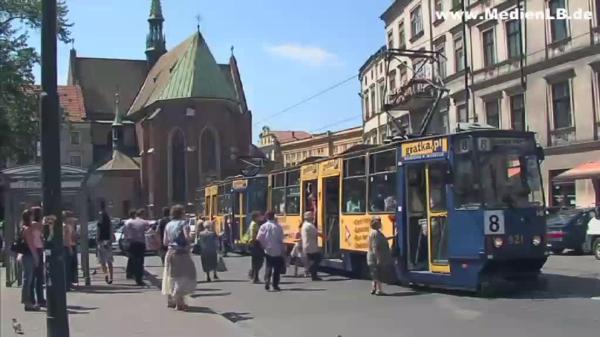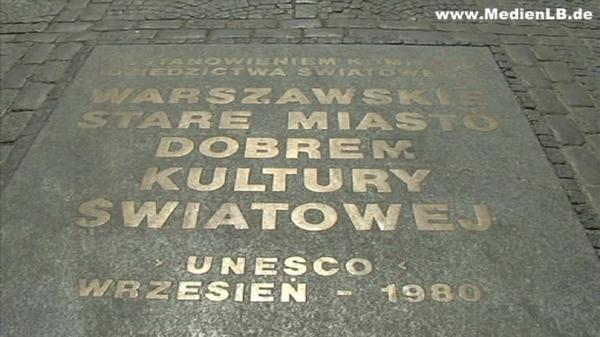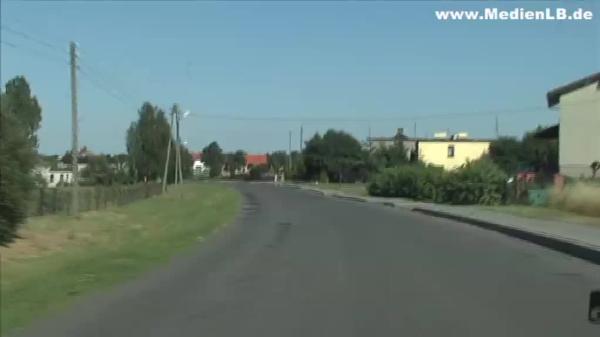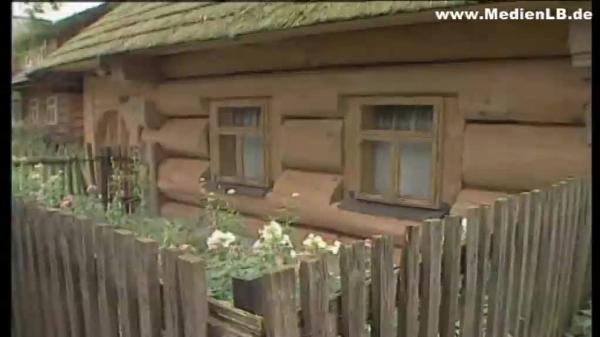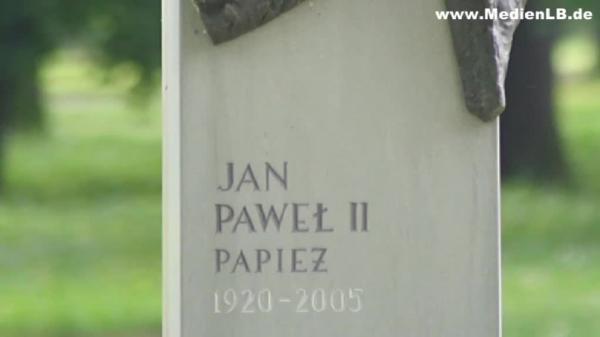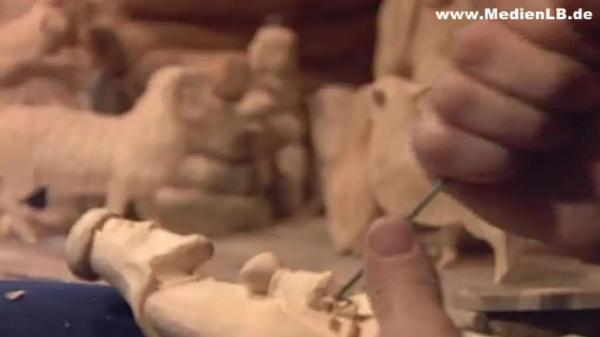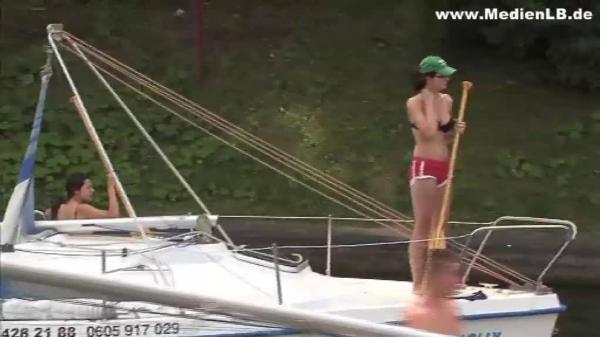Polen
Staaten der EU

Poland

1. Topography 1.1 Situation in Europe The Republic of Poland, in Polish Rzeczpospolita Polska, is situated in the northeast of Central Europe. In the north Poland has a share of the Baltic Sea and in the northeast it borders the Russian exclave Kaliningrad and Lithuania. Its eastern neighbours are Belarus and the Ukraine, to the south there are the borders to Slovakia and the Czech Republic. To the west of Poland there is the German border. Poland has an area of 312.685 square kilometres and more than 38 million inhabitants. Thus Poland is almost as large as Germany but has got only half as many inhabitants. More than 99 % of the population are Poles; the others are Germans, Byelorussians and Ukrainians. The number of Poles abroad is estimated to be 20 million. Since 20th May 2004 Poland is a member of the European Union. 1.2 Natural Landscape and Climate Poland consists of five geographical regions: - In the northwest there is the shore of the Baltic Sea, which reaches from the Pomeranian Bay to the Gulf of Gdansk. - The Baltic Ridge, a part of the East European Plain, encircles the Baltic seashore to the south and to the east. - South of this ridge there are the landscapes of Silesia and Mazovia. - Further to the south follow the Polish low mountain ranges, which extend over the whole width of Poland. - Along the Slovakian border stretch the Tatras, a geologically very interesting high mountain region. The climate of Poland is temperate and becomes more and more continental towards the southeast. The summers are mostly temperate to warm with average temperatures between 16° and 19°C and the winters cold with on average around 0°C in the northwest and down to minus 5°C in the southeast. Rain falls throughout the whole year. 1.3 The Baltic Seashore The Baltic seashore in Poland extends from the Pomeranian Bay to the Gulf of Gdansk and is 528 km long. The mostly straight coastline is interrupted by numerous spits, inland water and dunes. A spit is a narrow, mostly sandy strip of land, which separates a shallow surface of the sea from the open sea. To the east there is the Vistula Spit, a narrow headland of about 70 km' length and only a few 100 metres' width. It separates the Vistula Lagoon from the open Baltic Sea. The best known dune on the Baltic seashore of Poland can be found somewhat further to the west at the seaside resort of Leba ('weba): the dune of Lontzke (in Polish Lacka Góra) is the biggest shifting dune on Baltic seashore of Pommerania. It is located on the 17-kilometre-long spit between the Lebsko Lake and the Baltic Sea. The dune is 42 metres high, about 500 metres long and moves 12 metres towards the east every year, because of the predominantly western winds. In its course it buries forest and marshland under it. 1.4 Lake Districts and Mountains South of the Baltic seashore the Baltic Ridge also called Pomeranian Ridge covers the whole width of the country. This hilly ridge, up to 200 metres wide, 330 metres high and formed by the ice age is the westernmost part of the wide Easteuropean Plain. Embedded in this hilly countryside there are huge plains covered with lakes: the Pommeranian Lakes, the Kashubian Lakes and the Masurian Lakes. The Masurian Lakes in the northeast of Poland are a landscape of outstanding beauty and one of the main tourist destinations in Poland. Five clusters of mountains constitute the Polish low mountain ranges which in the south cover the whole width of the country. In the west the Sudeten Highlands mark the border to the Czech Republic. The highest peak of this mountain range is the 1602-metre-high Snow Mountain – in Polish Sniezka - the highest mountain of the Czech Republic, which is, however, crossed by this border to Poland. East of the Sudeten Highlands, in the centre of Southpoland, follow the Crakow-Czestochovska Jura and the Holy-Cross Mountains – in Polish Góry Swietokrzyskie. These mountains are the oldest in Poland and in Europe. The Beskids and the Forest Carpathians – the northern part of the Eastcarpathian mountains – are situated in the southeast of Poland in the border area to Slovakia and the Ukraine. In these remote mountains we can still find a lot of traditional customs. South of the Beskids the Tatras mark the frontier to Slovakia. The High Tatras are a high mountain region. Here is also the highest mountain of Poland with 2499 metres: the Rysy, in German Meeraugspitze. 1.5 Rivers and Forest Landscapes Poland's most important river with 1047 metres of length is the Vistula. With its tributaries it drains the complete eastern part of the country. It rises in the West Beskids, flows through Cracow and reaches the Polish lowland plain at the capital Warsaw. East of Gdansk, within the Gulf of Gdansk, the Vistula flows into the Baltic Sea, forming a delta. More than one quarter of the country is covered with forests. In Poland animals still exist that have already become extinct in wide areas of Europe, such as the bison in the primeval forest of Bialowieza and in Podlachien. Wolf and lynx live in various forest regions. Elks can be found in Northpoland. Poland is the most important breeding ground of European migratory birds, especially of storks. One quarter of all migratory birds coming to Europe in summer breed in Poland, especially in the lake districts and in the marshlands. In Masuria there are villages inhabited my more storks than people. More than 3100 square kilometres of the expanse of Poland are protected as 23 national parks. In this respect Poland occupies the first place in Europe. 2. History 2.1 Fight for Soveignty Poland was founded as a dukedom in the early 10th century. Numerous wars with Sweden, the Ottoman Empire and Russia among others plunged the Nobles' Democracy into lasting crises in the 17th and 18th centuries. Poland was torn into 3 different states. After the 1st World War Poland regained its sovereignty. The independence of the country, however, lasted only a short time: On 31st August 1939 the German SS feigned an attack on the then German radio station of Gliwice near the Polish border. The impression was conveyed that the Poles had been the attackers. In the early morning of the 1st September 1939 the military assault began with a bombardment of the Westerplatte of Gdansk among other things. Already at the beginning of 1940, the National Socialists started building several concentration camps on Polish soil. Probably the most widely known concentration camp, the camp of Auschwitz-Birkenau – about 60 km west of Krakow – was the greatest German extermination camp. Here all in all more than 1.3 million people from all over Europe were deported. Roughly 1.1 million of them were murdered in this camp, one million being Jews. On 1st August 1944 the Warsaw Uprising was started by the Polish Home army, which was quashed brutally by the German occupying forces, though. A monument in Warsaw reminds of it. 2.2 Poland in the Eastern Bloc In 1945, after the end of the 2nd World War, the borders of the former Polish national territory were shifted. The country got under the sphere of influence of the Soviet Union and became its satellite state as a people's republic. Again and again the Polish population gave vent to its displeasure with the Communist leadership in several revolts. On the Lenin shipyard in Gdansk, on April 14th 1980 a strike broke out in the course of which the trade union Solidarnosc was founded. Its chairman was Lech Walesa. The presence of Solidarnosc eventually led to a socio-political about-turn in the country and to the revolutionary events of 1980 to1989. With the first free elections in June 1989 the disintegration of the so-called Eastern bloc started. Already in 1999 Poland joined the NATO and on 1st May it became a member of the European Union along with nine other states. 3. Economy 3.1 Primary Sector After the radical change in 1989 great economic alterations took place in Poland, such as the introduction of a democratic order and the transition from a centralized planned economy to a working market economy. Today the economy of Poland has stabilized and can show constant growth rates which lie above the EU average. Agriculture was the main economic branch of the Nobles' Democracy, which was considered the granary of Europe until the partitions of Poland. Although this is not obvious at first glance, the importance of the agrarian sector is shrinking today. The area of arable land amounts to more than 45 % and in many regions wide fields, reaching almost to the horizon can be encountered. The Polish farmers have mostly supported EU membership and profit from the opening up of the European market and the EU subsidies. On the huge fields mostly cereals are grown, especially wheat. In 2004 almost 30 million tons were produced. 3.2 Secondary and Tertiary Sectors Polish industry employs about 30 % of the population. The existing companies have been modernized and by now compete successfully with producers from all over the world. Moreover, important car manufacturers increasingly build large production sites in Poland: The Volkswagen factory in Poznan produces component parts as well as vehicles for the company. The Opel factory in Gliwice is one of the most modern car factories in Europe and employs almost 2000 workers at the moment. Another Opel factory is in Warsaw. More than 4000 staff work at the plant of the French tyre company Michelin in Olsztyn. Poland is known for its shipbuilding, too. Several of the biggest shipyards worlwide are operating in the cities of Szczecin, Gdansk and Gdynia on the Baltic Sea and are staffed by several thousand workers. Unfortunately the need for ships has gone down lately. For the Polish and European shipyards the shipbuilding facilities of the Far East are the biggest rivals. The service sector has been dominating the Polish economy since 1989 and makes up far more than half the gross national product. The largest service centre is the financial metropolis and capital Warsaw. But also the exhibition centre Poznan and the Soutshpolish metropolitan centres Krakow and Vroclaw are important service sites. 4. Tourism 4.1 Sights Tourism in Poland is on the upswing. For tourists on the one hand the cities, on the other hand the untouched nature are very attractive. All in all there are 13 World Heritage Sites of the UNESCO in Poland. Recreation areas and spas can be found in the south and the north of Poland. Water sports can be pursued on the Baltic Sea, in the lake districts and on some mountain rivers and reservoirs. The mountain regions of the Tatras, the Beskids and the Sudeten invite you to skiing and hiking holidays. Zakopane with its well known ski jump is considered the centre of winter sports in Poland. One of the most beautiful sights of Poland is the castle in Malbork near Gdansk, a medieval fortress of the Teutonic Order of Knights. A sight of historical significance is the Wolf's Lair in the northeast of the country. Between 1940 and 1944 the Wolf's Lair was a military command centre of the German Wehrmacht and one of the Fuehrer headquarters during the 2nd World War near what is Ketrzyn today. Its remnants have been a tourist attraction in Masuria since 1959, visited by about 200.000 people yearly. 4.2 Cities Many cities which were destroyed in the 2nd World War have been rebuilt exemplarily by Polish restorers. Krakow (in Polish Krakow krakuf) is situated on the Upper Vistula in southern Poland. With 750.000 inhabitants the third biggest city in Poland, it is a famous university town as well as a centre of industry, economy and culture in this part of the country and is called the secret capital of Poland still today. Krakow is the destination of many tourists from Poland and abroad. Particularly worth visiting is the main market place with the Church of Our Lady and the Sukiennice, the cloth halls. On the Wawel Hill on the bank of the Vistula perches the overwhelming Wawel castle with the fire-breathing monument of the Wawel dragon. On the Baltic Sea, west of the estuary of the Vistula there is the seaport of Gdansk. The city has more than 450.000 inhabitants and together with Gdynia and Sopot it forms the conurbation of Tricity with more than 1,150,000 inhabitants. Largely destroyed in 1945 by the Russian army, the old town centre of Gdansk has been rebuilt after old models. In fine weather the famous Long Market is crowded with locals and tourists. Still today Gdansk is a centre of the artistic working of amber. The Zuraw, a city gate operating as a crane is one of the city symbols. Its harbour still plays a decisive role for the Polish economy. 4.3 The Capital Warsaw Warsaw (in Polish Warzawa) is the capital and with almost 1.7 million inhabitants also the biggest city of Poland. The city is situated on the Vistula (Wisla) and is one of the most important centres for traffic, economy and trade of Central and Eastern Europe and also of great political and cultural significance. The old city centre of Warsaw has been distinguished as a World Heritage Site by the UNESCO.The large triangular castle square with the Sigismund column is encircled by the royal castle and a front of houses of the old town centre. Historical and geographical centre of the old town is the magnificent market square (Rynek), in the middle of which there is the statue of the water nymph Syrenka. A literally outstanding symbol of Warsaw is the Palace of Culture and Science, built in 1952 to 1955. It combines the so-called wedding-cake style with traditional Polish architecture at the same time resembling the Empire State Building in New York. With its height of exactly 230,68 metres it is the highest building in the Polish Republic. Around the Palace of Culture the modern Warsaw soars up into the sky: with numerous skyscrapers and other architecturally interesting buildings such as the so-called Golden Terraces/roof gardens. 5. Infrastructure and Way of Life 5.1 Infrastructure Poland is an important country for the transit from North to South Europe and from West to East Europe. The railways radiate out from the centre Warsaw in a star-shaped net. The country bus service which includes even the smallest villages is also of great importance in Poland. Though the road system has been very well extended by now, there are still only few motorways. The biggest and most important airport of Poland is the Frédéric-Chopin Airport, Warsaw, followed by those of Krakow, Katowice and Gdansk. 5.2 Religion Since the 2nd World War and Poland's shift towards the West, the country has been almost uniformly Catholic – about 90 % are Roman-Catholic, 70 % of them are practising Catholics. Pope John Paul II (1920 – 2005) was held in particularly high esteem in Poland. He had been Karol Wojtyla, Archbishop of Krakow before being elected pope and had played an eminent political role during the disintegration of the Eastern bloc. The most famous place of pilgrimage in Poland is Czestochowa (in German Tschenstochau) with its famous icon of the Black Madonna. Especially during processions it becomes obvious here that an extraordinarily great number of young people are committed Catholics in Poland. In the east of Poland, near the Ukrainian border, there are members of the Orthodox and the Ruthenian-Catholic Church, who also recognize the pope as their spiritual leader. 5.3 Language, Culture and Science The Polish language belongs to the Westslavonic languages. It is closely related to the Czech, the Slovak and the Sorbian spoken by a minority living in the east of Germany. National and regional customs are being kept up, especially in the country. They are connected with the different religions, especially with the Roman-Catholic faith. Connected with Polish customs is also the traditional music such as mazurkas, polonaises and polkas and also the dance. One of the greatest Polish pianists and composers was Frédéric Chopin. He lived in the first half of the 19th century. Even today many balls are still opened with his famous polonaise in A major. Among the most famous Polish poets there are Henryk Sienkiewicz, who was awarded the Nobel Prize for Literature in 1905 and Adam Mickiewicz, the most outstanding representative of Polish Romanticism. After the educational reform of 1999 school attendance is compulsory until the age of 18.Education on weekends in tandem with work is also widespread. In Poland there is a marking system from 6 to 1. The country has always been rich in famous scientists and researchers - here two examples: The doctor Kazimierz Funk discovered the vitamins. Marie Curie-Sklodowska developed radiology and discovered among other things polonium and radium. She was the first woman to be awarded the Nobel Prize and at the same time the first person to receive two of them, for physics and for chemistry. 5.4 Lifestyle, Leisure time and Culinary Delights Membership of the European Union has brought Poles quite new possibilities of looking beyond national boundaries. Great performances with international pop-stars inspire especially the young Poles more and more frequently. For leisure time and sports activities water sports like sailing, surfing, diving, kayaking, swimming and fishing are very popular in Poland, because of the many lakes and the long sandy seashore. Playing chess also has a long tradition in Poland. Soups are a staple in Polish cooking. Typical Polish dishes are: Barszcz – a clear red-beet soup which is drunk from cups accompanied with pies and stuffed pancakes or is served on plates with uszka, which actually means small ears, small pastry cases resembling 'tortellini'. Pierogi – boiled or in butter browned pastry cases with different stuffings such as sauerkraut, quark, mushrooms, meat or fruit. In the course of their history Poles have always been an important European nation. Today a flourishing economy, the beauty and variety of the landscape, the science, the culture and last but not least the people with their traditions but also with their openness to the future make Poland an eminent and valuable member of the European Union.


